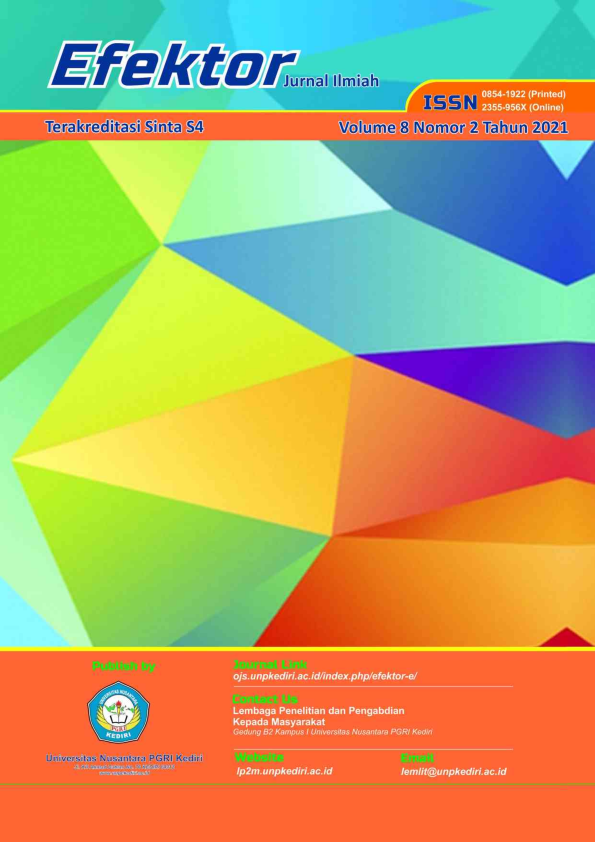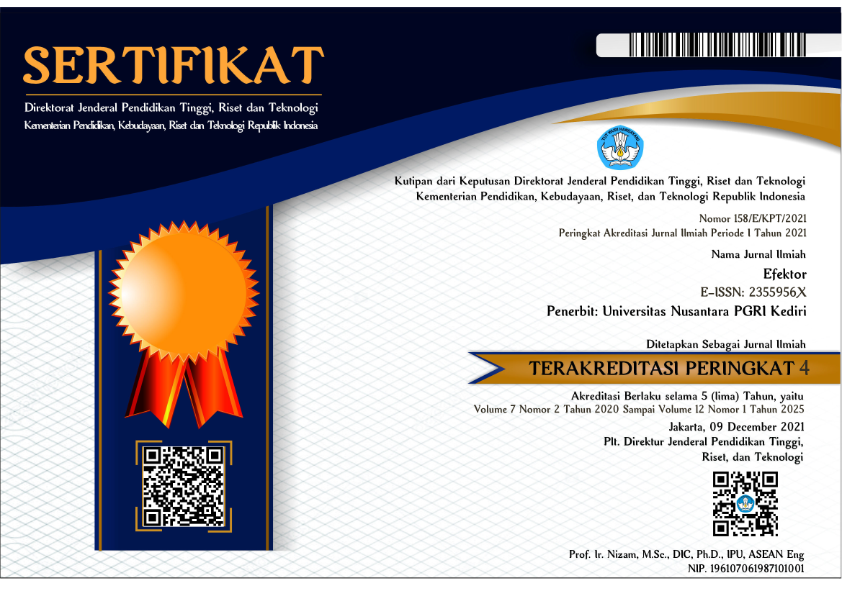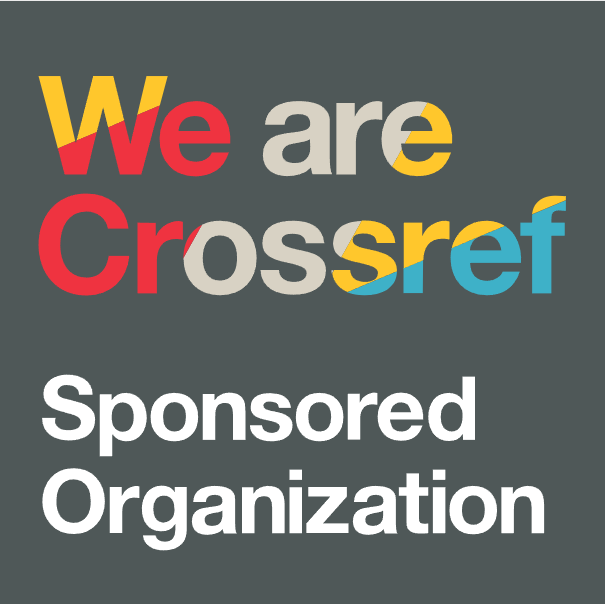THE EFFECTIVENESS OF INFORMATION SERVICES USING IMPERFECT FILM TO REDUCE SELF HARM
DOI:
https://doi.org/10.29407/e.v8i2.16133Keywords:
information service, film imperfect, self harmAbstract
This study aims to determine the effectiveness of information services using imperfect films to reduce self harm to students. This research approach is quantitative. This research is a type of pre-experimental research design, one group pre-test post-test design. This study has two variables, namely the dependent variable or variable X (information services with imperfect film media) and also the independent variable or variable Y (self harm). The population in this study were students of BK a1 class of 2017 at PGRI AdiBuana University, Surabaya. The sample in this study used purposive sampling, namely there were 5 students who had the highest self harm score. The results of this study indicate that there is a decrease in the mean pre-test value of 64.60 to the mean post-test value of 53.40. So it can be concluded that the use of information services using imperfect films is significantly effective in reducing self harm.
References
Alan, clarke & ruth, D. (n.d.). Evaluation Research: An Introduction to Principles, Methods and Practice - Alan Clarke, Ruth Dawson - Google Buku. https://books.google.co.id/books?id=4_FTxELbSbwC&printsec=frontcover&dq=evaluation+research&hl=id&sa=X&ved=2ahUKEwj8sK-z7vTrAhU4IbcAHcvxB2gQ6AEwAXoECAYQAg#v=onepage&q=evaluation research&f=false
Hawton, K., Saunders, K. E. A., & Connor, R. C. O. (2012). Suicide 1 Self-harm and suicide in adolescents. The Lancet, 379(9834), 2373–2382. https://doi.org/10.1016/S0140-6736(12)60322-5
Ibunda. (2019). self harm bukan pilihan. https://youtu.be/lCnAhTalRnw
Klonsky, E. D., Oltmanns, T. F., & Turkheimer, E. (2003). Deliberate self-harm in a nonclinical population: Prevalence and psychological correlates. American Journal of Psychiatry, 160(8), 1501–1508. https://doi.org/10.1176/appi.ajp.160.8.1501
Permendikbud. (2014). Permendikbud tahun 2014 no. 111 tentang bimbingan dan konseling. Kementerian.
Polling, C., Woodhead, C., Harwood, H., Hotopf, M., & Hatch, S. L. (2020). “There Is So Much More for Us to Lose If We Were to Kill Ourselves”: Understanding Paradoxically Low Rates of Self-Harm in a Socioeconomically Disadvantaged Community in London. Qualitative Health Research. https://doi.org/10.1177/1049732320957628
Prakasa, E. (2019). imperfect. https://youtu.be/HE3XOWv0HgA
Romeu, D., Guthrie, E., Brennan, C., Farley, K., & House, A. (2020). Online resources for people who self-harm and those involved in their informal and formal care: Observational study with content analysis. International Journal of Environmental Research and Public Health, 17(10). https://doi.org/10.3390/ijerph17103532
Sanjaya, W. (2009). Strategi Pembelajaran Berorientasi Standar Proses Pendidikan (Kencana (ed.)).
Skegg, K. (2005). Seminar Self-harm. 366.
Taylor, T. L., Hawton, K., Fortune, S., & Kapur, N. (2009). Attitudes towards clinical services among people who self-harm: Systematic review. British Journal of Psychiatry, 194(2), 104–110. https://doi.org/10.1192/bjp.bp.107.046425
Whitlock, J. (2009). The cutting edge: non-suicidal self-injury in adolescence. … Facts and Findings. Online Verfügbar Unter: …, May.
Downloads
Published
Issue
Section
License
Authors who publish with this journal agree to the following terms:
- Copyright on any article is retained by the author(s).
- The author grants the journal, the right of first publication with the work simultaneously licensed under a Creative Commons Attribution License that allows others to share the work with an acknowledgment of the work’s authorship and initial publication in this journal.
- Authors are able to enter into separate, additional contractual arrangements for the non-exclusive distribution of the journal’s published version of the work (e.g., post it to an institutional repository or publish it in a book), with an acknowledgment of its initial publication in this journal.
- Authors are permitted and encouraged to post their work online (e.g., in institutional repositories or on their website) prior to and during the submission process, as it can lead to productive exchanges, as well as earlier and greater citation of published work.
- The article and any associated published material is distributed under the Creative Commons Attribution-ShareAlike 4.0 International License













